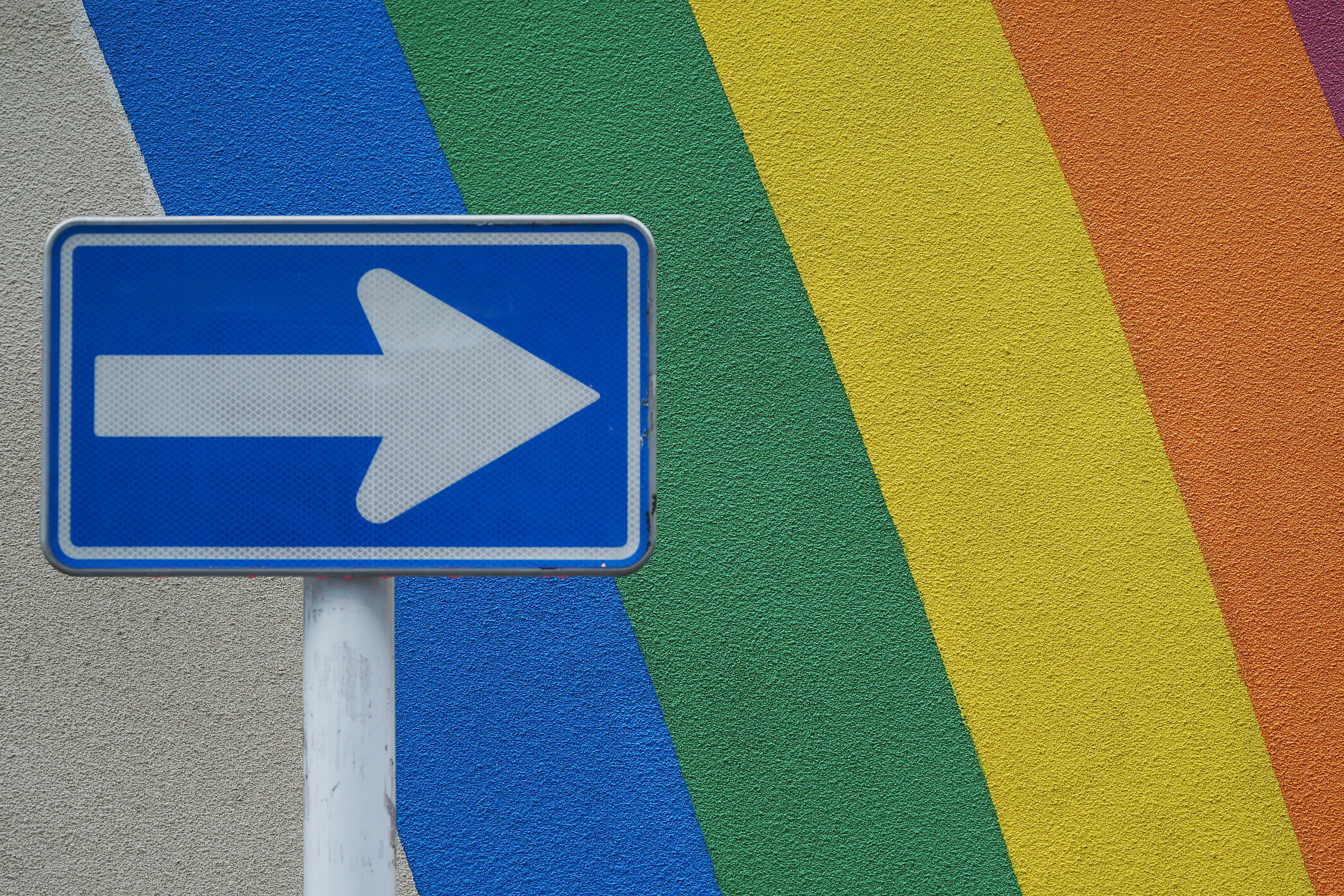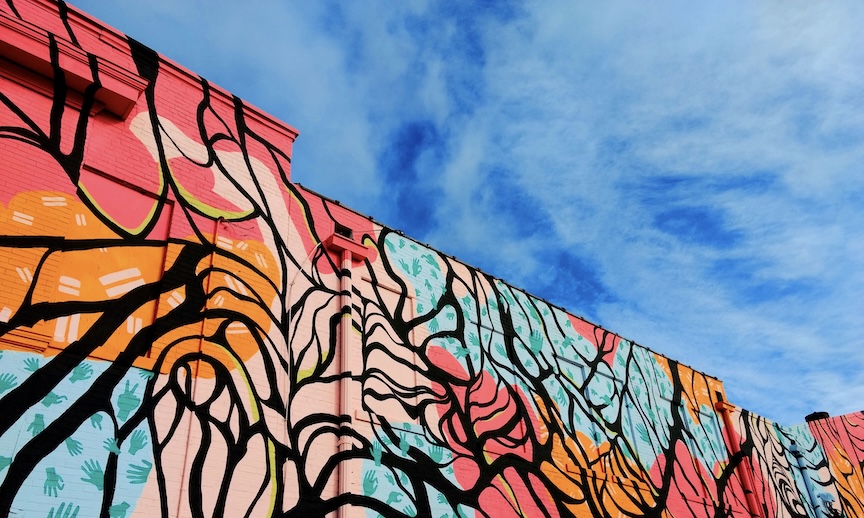Look Both Ways
I encountered a Rumi quote this week:
“Every moment contains a hundred messages from God. For every cry of ‘Oh, God,’ He answers a hundred times, ‘I am here.’”
At first I thought: how lovely, how reassuring — always, no matter what’s happening, God is. Then I thought: wait, what the heck does that mean?
For sure, it’s beautiful to remember the ever-presence of the Divine — especially in times of sorrow and pain. But it’s much more challenging if what this really means is to consider God not just as a soothing balm to help us deal with the rough spots; but rather the fact that God is present in and as every bitter bit. God isn’t just the comfort but also the trouble, not just the peace but also the conflict.
Divine Wholeness isn’t merely an ennobling idea to transcend the stuff we don’t like, a feel-good spin on a disappointment, the silver lining behind all our dark clouds, the glimmer of hope appearing only after the storm. If God is perpetually asserting Its holy immanence, a hundred times saying, “I am here,” that must actually be in, through, and as everything.
Rumi’s words read to me right now like an invitation to deal with the fact that God is the pain, the sorrow, the conflict. God’s all, “Here I am!” — right here in and as what seems to be going wrong, in the hurts, the chaos, the violence, the scarcity, the separation…
If that’s the deal, then our work is to practice seeing Wholeness beyond our typical either/or proposition: the Wholeness of the Divine as something unconditional, without qualification or exception. And I believe that this is the key to being able to see our own Wholeness as something unconditional, without qualification or exception. We’re all Good. And we’re ALL good.
For me, lately, this has involved a scary practice of truth-telling. At first this sounds fairly straight-forward: just say what’s so. Except that nothing ever seems to be as cut and dried as that. At least, that doesn’t sound like the Whole story.
“What’s so” includes the truth of my own experience; I start there. Then I bump up against the truth of our shared reality and the totality of every different perspective on everything. And at the same time I’ve got to reckon with my belief in our creative opportunity to speak truth into existence as the future. This is all part of it, and often it’s bouncy and complicated and uncomfortable.
“What’s so” is both that which has been our participation and understanding up to this point, as well as the infinite potential available to unfurl out of every moment. It’s becoming clearer to me that we can’t really live the fullness of either without the other.
As a principle or concept, Wholeness may seem like a singularity, a unity, an absolute, a universe. As the reality of lived experience, however, Wholeness is always myriad, contradictory, and relativity — a multiverse.
Knowing ourselves as Whole, aligning ourselves with Divine Wholeness, means looking both ways — at It and us — angels and demons, ego and spirit, shadows and light. It also means looking both ways as we take every step, make every crossing — not just one single approach, one certain way of being with each other, but creatively living together as an ongoing and evolving conversation.
Whew! It’s a lot. But I believe we’re up for it, we’re made for it. And I’m so grateful to be in it with you, my friends. XO, Drew
© 2018 Drew Groves




